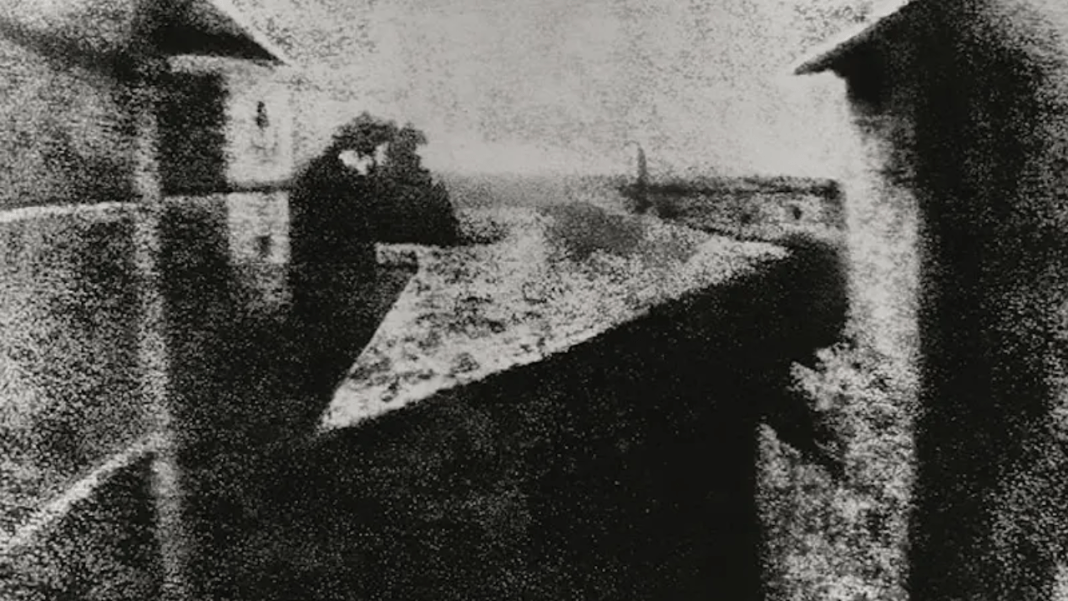World Photography Day: Photography, a practice that began around 200 years ago, has since become an integral part of our lives. But have you ever wondered how the world’s first photo was captured? On this World Photography Day, let’s delve into the history of the first photograph ever taken.
The Power of a Photograph
A photograph is often described as a treasure chest of memories, capable of transporting us back in time to relive cherished moments. A single image can speak volumes, conveying emotions and stories without the need for words. However, the journey to achieving this recognition for photographs was a long one, starting in 1826.
The Birth of the First Photograph
In 1826, French scientist Joseph Nicéphore Niépce captured the world’s first photograph. Remarkably, this historic image was taken from a window. The advent of photography is credited to both Joseph Nicéphore Niépce and Louis Daguerre, who together developed the Daguerreotype process, marking the first official step in the world of photography. The French government announced this groundbreaking invention on August 19, 1839, a day now celebrated annually as World Photography Day.
The Evolution of Camera Technology
The journey of photography began with the invention of the camera obscura by scientist Al-Haytham in 1821, considered the earliest model of a photographic camera. In 1827, Joseph Nicéphore Niépce used a photographic plate and the camera obscura to capture the first image, although it was not entirely clear. A significant milestone was achieved in 1838 when Louis Daguerre took a perfectly clear photograph using the Daguerreotype process. This achievement was shared with the public by the French government in 1839. The world’s first selfie was captured in October 1839 and is still preserved in the United States Library of Congress.
The Digital Revolution in Photography
The landscape of photography underwent a dramatic transformation in the 1990s with the introduction of reel cameras. Although these cameras didn’t always guarantee clear images, the advent of digital cameras revolutionized photography. Memory cards replaced film reels, allowing photographers to instantly view and edit their images. As technology progressed, mobile cameras evolved, leading to the widespread trend of mobile photography that continues to thrive today.





